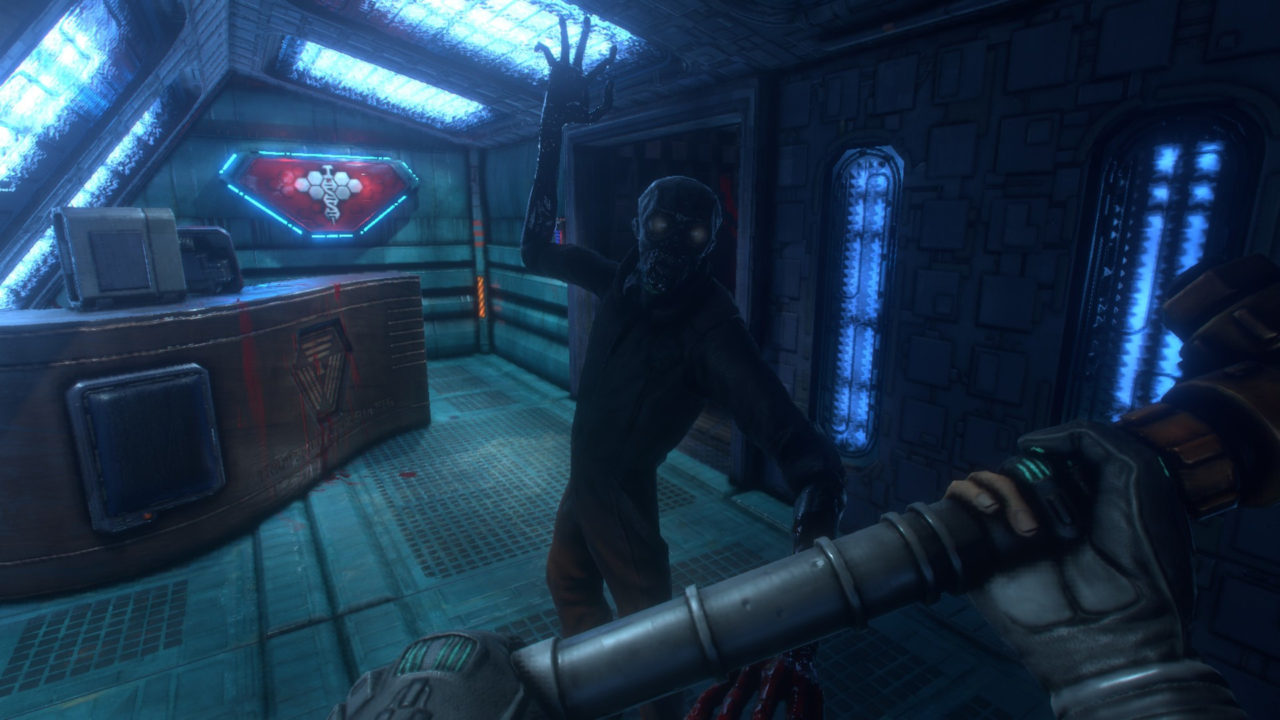
Combined with the second issue, similar movement speeds, this can cause chase scenes in D&D to feel repetitive and boring. Because each player acts individually and not in real-time, chase scenes have less tension. Turn-based combat makes a couple of real-world scenarios hard to pull off in D&D, namely retreating and chasing. The DMG’s solution for ending a chase scene.Creatures in 5th Edition all have similar movement speeds.This information is a solid start, but there are some issues that can still cause a chase to feel like a slog: The section in the DMG also poses some solutions to ending a chase and some complications that could happen during a chase. There are no opportunity attacks because each participant is moving in the same direction.Each participant can use attacks and spells as normal.Each participant can Dash 3 + CON modifier times.The Dungeon Master’s Guide (DMG) has a section for running chase scenes in D&D and provides a decent foundation for on-foot chases. Whether you are chasing an enemy informant through the streets of a city or are racing pegasi to a rip in time-space, chase scenes are a necessary element of any action medium.

These situations will often come up in D&D.

Usually, the main goal of these scenes is for either the protagonist or antagonist to escape the other party because they do not have the ability to defeat them in battle. Webster’s Dictionary defines chase scenes as…just kidding.Īnyone who has ever seen an action movie has seen a chase scene.


 0 kommentar(er)
0 kommentar(er)
